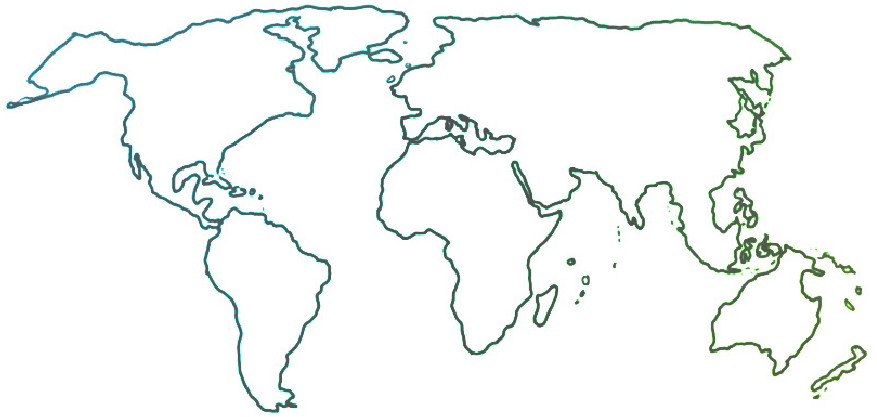
Arts Educators in India Drop Old Habits, and Their Kids Flourish
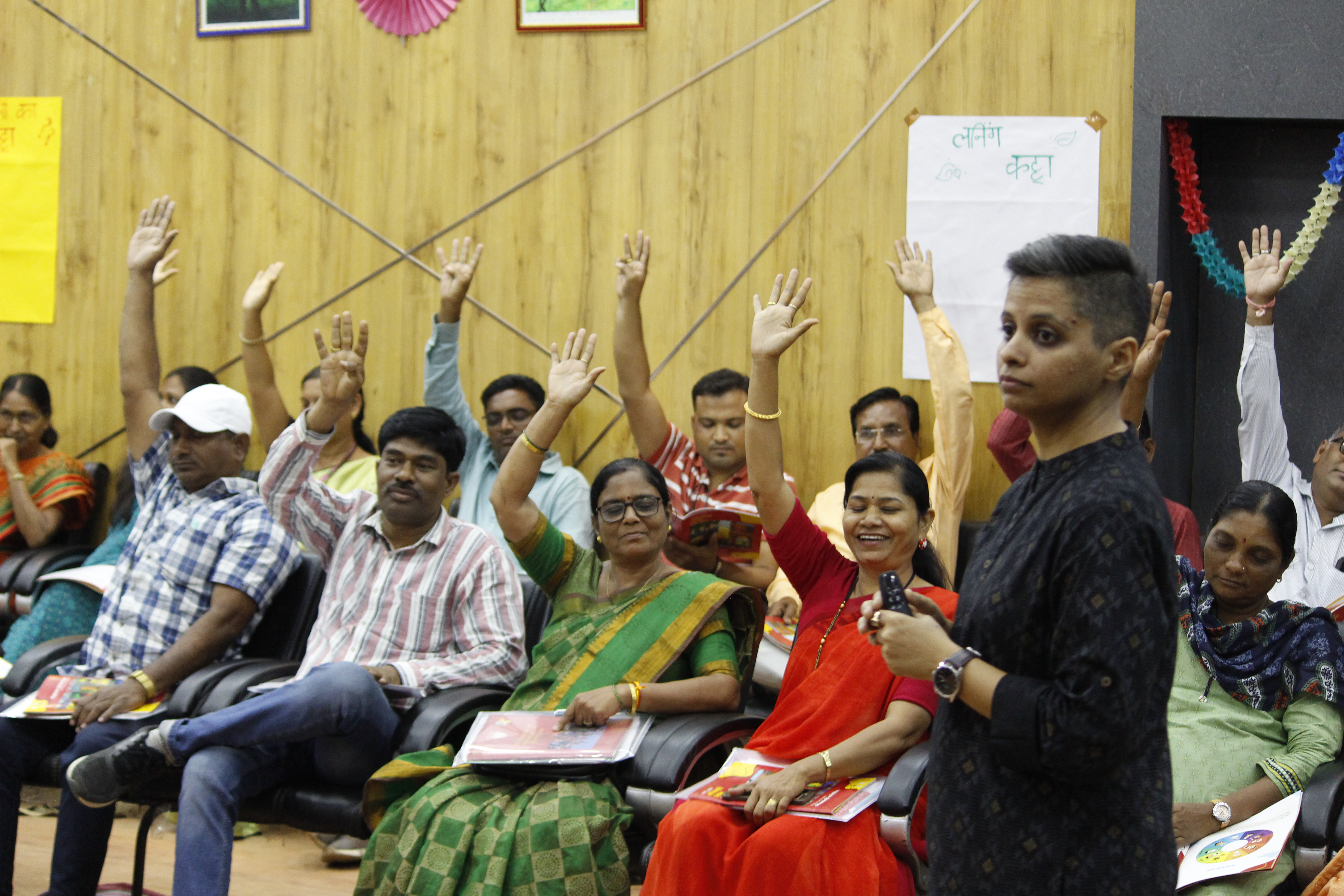
Teachers participate in a training session led by the author (right, foreground). Photo: Slam Out Loud.
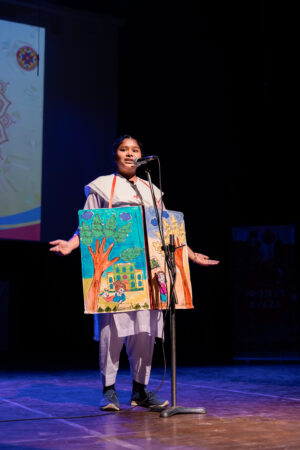
In 2016, Jigyasa Labroo was teaching in the conflict area of Kashmir, India. She brought a poetry exercise to her class of 60 girls that called for them to express their emotions. Jigyasa expected the regular childhood emotions of joy, wonder, and friendship to emerge; what came out instead was mostly pain, anger, isolation, and sadness. The room that day held a great deal of tension and hurt—but also some catharsis. At the end of class, she realized how important it was to create spaces for children to express themselves safely through the arts. Three months later, Slam Out Loud was born, with Jigyasa serving as Cofounder and CEO. Our mission is to transform weekly arts classes in Indian schools, shifting from a rigid, aesthetically focused approach to one that uses arts as a medium for socio-emotional learning.
Very soon in our journey, we realized that working with government bodies was the fastest and most sustainable way to increase access to the arts for all Indian children—especially those in underserved communities. We now partner with the State Council of Educational Research and Training (SCERT) in different states, which gives us access to teachers, students, and state officials who help deepen our understanding of their community’s unique needs and challenges.
Our projects begin with a ground study, during which we observe schools and arts classrooms and interview art teachers and students about their passions, pains, and lives. Following this is an intensive research period on the state’s local art forms and cultural history. All these steps help us create a curriculum that is locally rooted but globally informed, providing children with an artistic platform to explore topics they care about. (For example, our children in Punjab coupled Gidda—a Punjabi folk dance—with poetry to discuss the negative effects of stubble burning on air quality.)
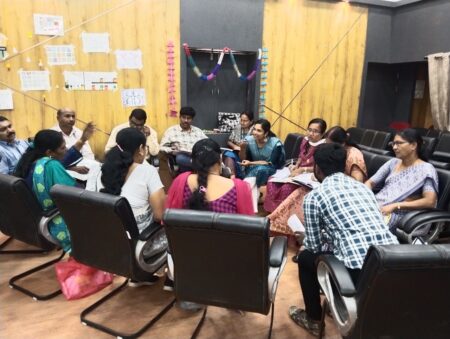
Our teachers are responsible for bringing the curriculum to life, so building them up is fundamental to our work. We host training sessions throughout the year, offering them a chance to reflect, collaborate, and refine their learning through shared experiences. These sessions function as spaces for us to challenge the mindset around arts education, a key intervention in our work. When we first began working with government school teachers, we encountered a rigid set of beliefs. The prevailing mindset was that only a select few students had potential; that classrooms needed to maintain strict discipline; and that art had to fit a specific mold. Arts education was primarily focused on visual art and craft, often neglecting other forms like poetry, storytelling, and theatre.
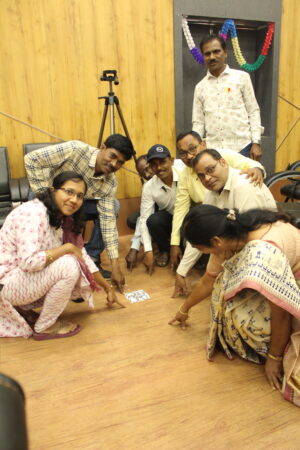
Untangling these deep-rooted beliefs has been our biggest challenge. Our initial years were full of inquiry about where they stemmed from. After endless visits and conversations with educators, we eventually learned our most important lesson: teachers were teaching art the same way they experienced it as students. This realization led us to change the structure of our training sessions, from best practices to an immersive art experience. Training is now a non-judgmental space rooted in artmaking, reflection, and expression, with every session including an “open mic” where anyone is welcome to share. (This strategy crystallized for us during one particular session, when a teacher who had kept mostly to herself for two days approached the mic and recited a poem about her newfound voice. She expressed excitement to recreate the same experience for her students.)
We learned another important lesson back then: arts educators are rarely recognized for the amazing outcomes they achieve, which lowers their motivation to experiment and innovate. In response, we now work with government bodies to form criteria that identifies and rewards teachers each week. By spotlighting their work to SCERT officials, we aim to build trust with teachers while helping them feel seen, valued, and appreciated.
As a result of all these strategies, something remarkable is happening in India’s government schools. The arts, once confined to rigid structures and aesthetic outcomes, are leveling the playing field—breaking down the economic and social barriers that often classify children as ‘performers’ or ‘non-performers.’ This shift is filling classrooms with love, care, and inclusivity, so children can express themselves, build socio-emotional skills, and shine.
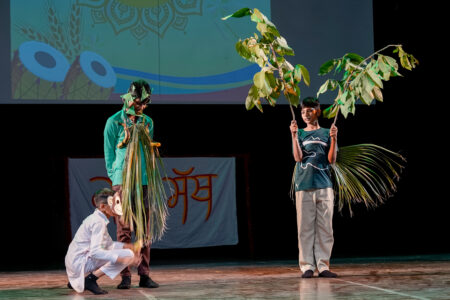
Nowhere is this more apparent than in our end-of-year showcases, where children perform their original art pieces from the academic year. Beaming with confidence and joy, these children use their preferred art form to express themselves on topics that are close to their hearts—like climate change, gender inequity, and emotions, to name a few. Showcases also serve as proof to policymakers that arts education can transform a student’s life.
Yuvraj, a sixth-grader from Maharashtra, was struggling with dyslexia and a speech impairment. He sat at the back of the class. During sessions, his teacher recognized and supported Yuvraj’s love of rap. Rap became his voice, and today, Yuvraj is the class captain, demonstrating a deep understanding of himself and his peers. Another student, unable to hear or speak, found her power through pictures and drawings. Her peers celebrated her voice, and new connections formed. Deepak, 14, found his voice through poetry. Labeled an ‘average’ student, he had always cared about the environment. After a year, he found himself performing at Asia’s largest street art festival, the Kala Ghoda Arts Festival. Deepak’s story didn’t just change how his schoolteachers viewed him—it changed how they viewed all their students, and how those students viewed themselves.
What will it take for arts education to become a systemic priority, touching every child’s life giving them the agency to drive their own narratives? Supriya, one of our students, once said, “The walls of this building called school are so high that only the bricks can see the world outside.” We do what we do so that art can be a window in these walls.
Related Content
Asia/Oceania, Collaborations, Community Building, Featured, Gather Together, New Zealand, Student Voice & Leadership, Teaching & Learning

Weaving Maori Principles into an El Sistema–Inspired Program in Aotearoa, New Zealand
longy-admin

All Regions, Collaborations, Community Building, Featured, Gather Together, North America, Teaching & Learning

The US Government Canceled a Youth Concert. Military Veterans Uncanceled It.
longy-admin

All Regions, Collaborations, Community Building, Europe, Funding & Support, Gather Together, News and Resources, Research
SIMM Invites Proposals for Fall Events
longy-admin
Community Building, Featured, North America, Program Design, Student Voice & Leadership, Teaching & Learning

Using Circles to Build Community and Connection in CYD Spaces
longy-admin


